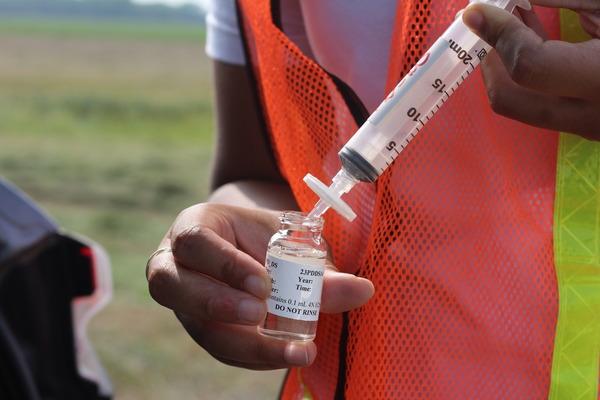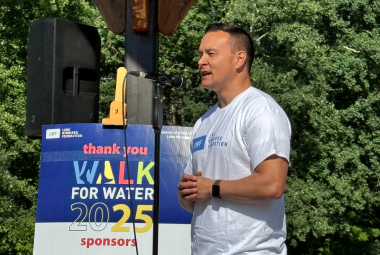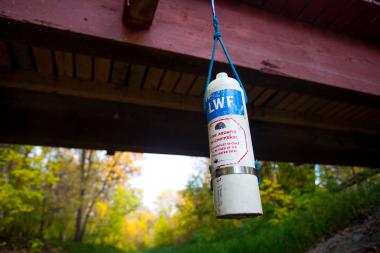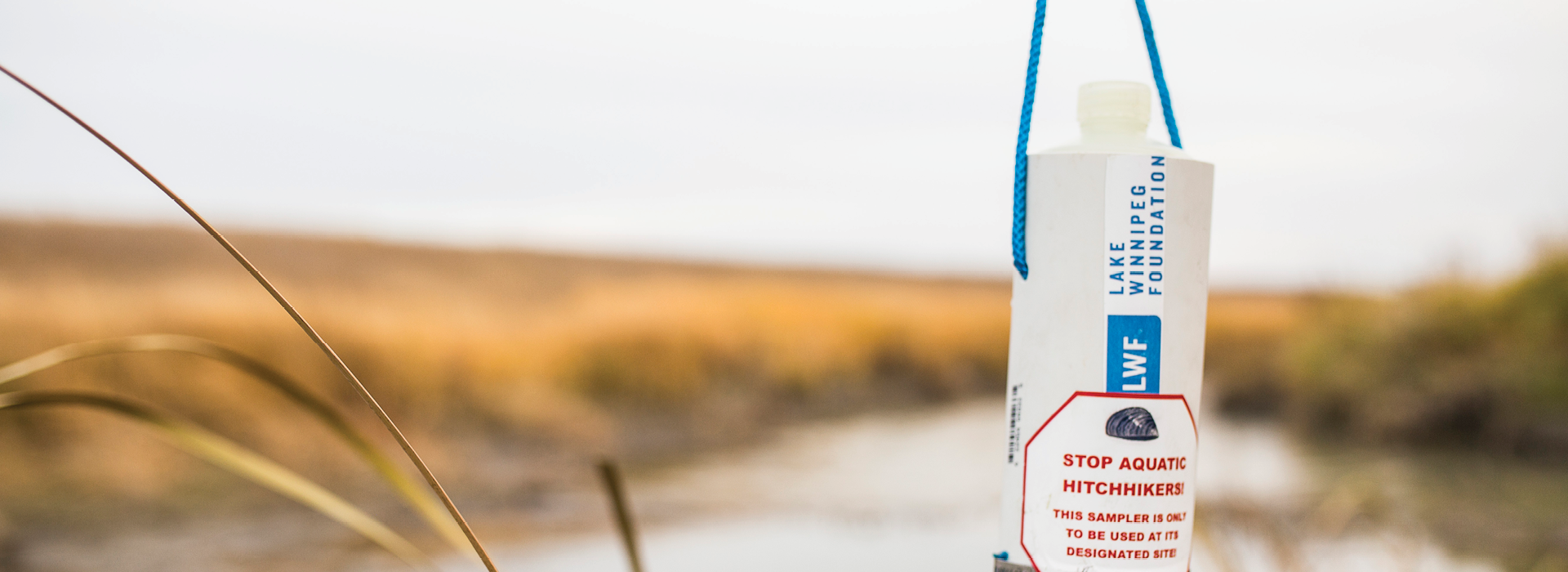
the lake winnipeg community-based monitoring network
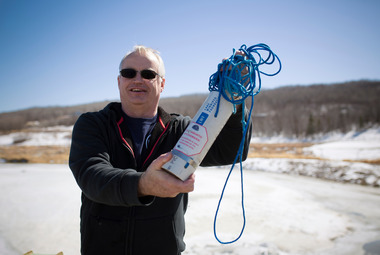
To reduce phosphorus loading to Lake Winnipeg, we need to know how, when and from where phosphorus is entering the lake.
The Lake Winnipeg Community-Based Monitoring Network (LWCBMN) is a collaborative, long-term phosphorus monitoring program designed to identify localized phosphorus hotspots where action is required to improve Lake Winnipeg water quality.
Coordinated by LWF, LWCBMN mobilizes volunteers and watershed partners to collect water samples across Manitoba, generating robust water-quality data that is useful to community practitioners, academic researchers, government scientists and policy-makers alike.
Focusing phosphorus-reduction efforts in persistent, recurring hotspots is critical to improving the health of Lake Winnipeg.
2022: widespread flooding and phosphorus hotspots
The 2022 field season was extremely wet: the winter of 2021-2022 provided most of southern Manitoba with more than 150 cm of snow, the third highest amount of snowfall since 1872. Additionally, record precipitation in April and May saw large amounts of rain and snow falling on mostly frozen, impermeable soils, leading to flooding across southern Manitoba.
LWCBMN’s 2022 data once again saw phosphorus hotspots in Manitoba’s Red River Valley, with high exports occurring in the Seine River watershed in south-eastern Manitoba, and on the western side of the Red River at the international border.

watch our video
Since 2016, LWCBMN has been generating the data needed to inform policy, direct research and focus action where it will have the greatest impact.
Our program has been nationally recognized for its ability to successfully engage volunteers in cost-effective, scientifically robust water stewardship, and for its role in addressing Canada’s chronic data gap by supplementing and enriching existing federal and provincial datasets.
learn more about our efforts
how the program works
LWCBMN’s field season starts as soon as the snow begins to melt and continues until October. Because volunteers live, work or commute near their sampling sites, they can sample frequently in response to weather events and water conditions.
Collected water samples are then analyzed in a lab to determine phosphorus concentration, which is used along with water flow data and drainage area data to calculate phosphorus load – the total amount of phosphorus flowing past a site in a field season – and phosphorus export – the amount of phosphorus exported from each hectare of land in a year, expressed as kg/ha/yr.
We are committed to sharing LWCBMN data in an open, accessible way. In addition to annual reports generated after each field season, our phosphorus data are also available on Lake Winnipeg DataStream, an open-access online portal for sharing water-quality data.
latest network news
LWF calls for an environmental review of Manitoba's hog industry
Looking back on ten years of community-based monitoring: an interview with Chelsea Lobson
Volunteer highlights: Bingqi & Brooke
Volunteer with LWCBMN
Looking for a tangible opportunity to improve the health of our shared waters? Become an LWCBMN volunteer!
LWCBMN volunteers collect samples frequently throughout the spring melt and after all large rain events. Sampling frequency reduces once water flows stabilize. Collecting a water sample takes about five minutes, and all equipment and training is provided.
To learn more, please contact LWF Program Coordinator Fallon Moreau.

LWCBMN is delivered in partnership with Manitoba’s watershed districts, LWF’s science advisors, volunteers and Dr. Nora Casson’s laboratory at the University of Winnipeg. Thank you to the many people and organizations whose dedication and commitment make this network possible.
